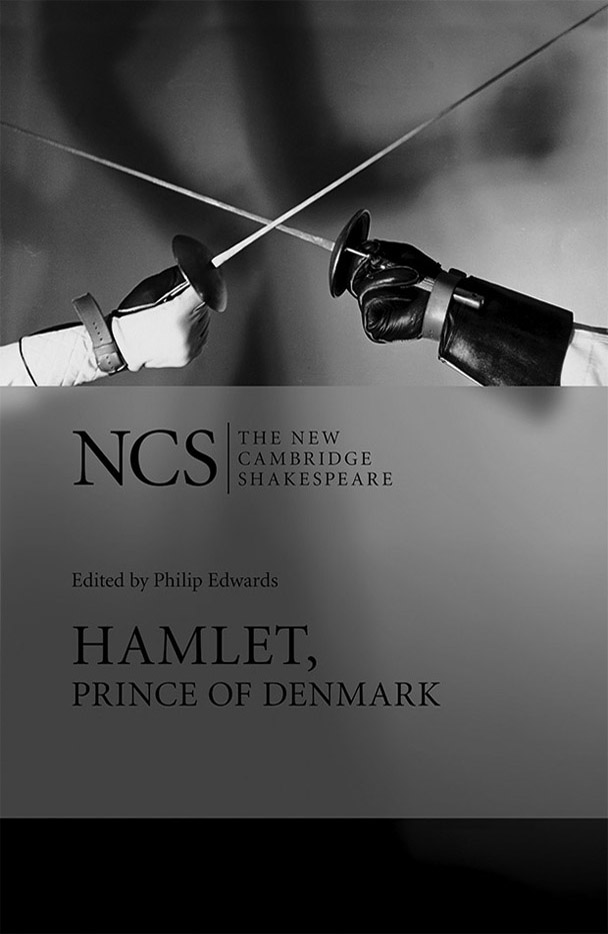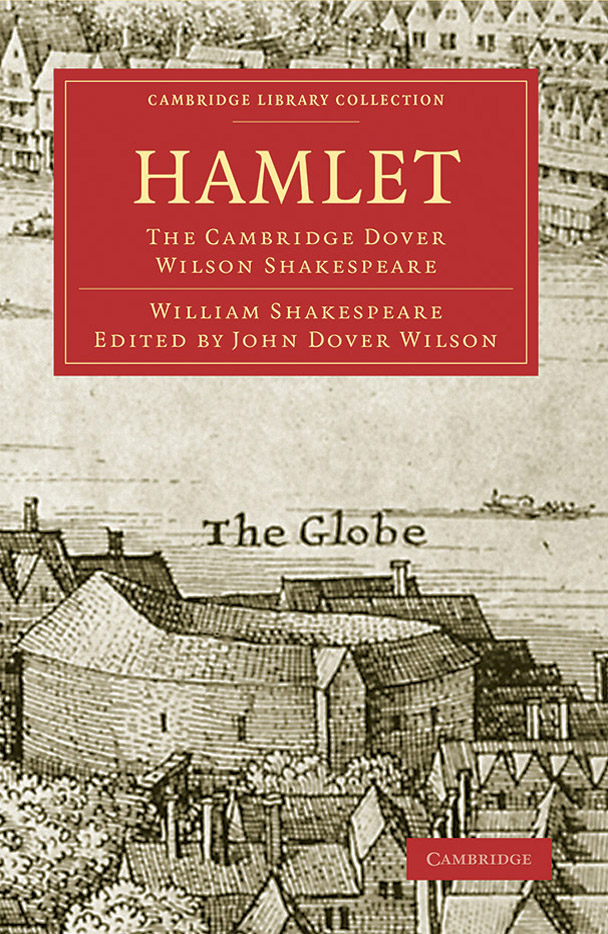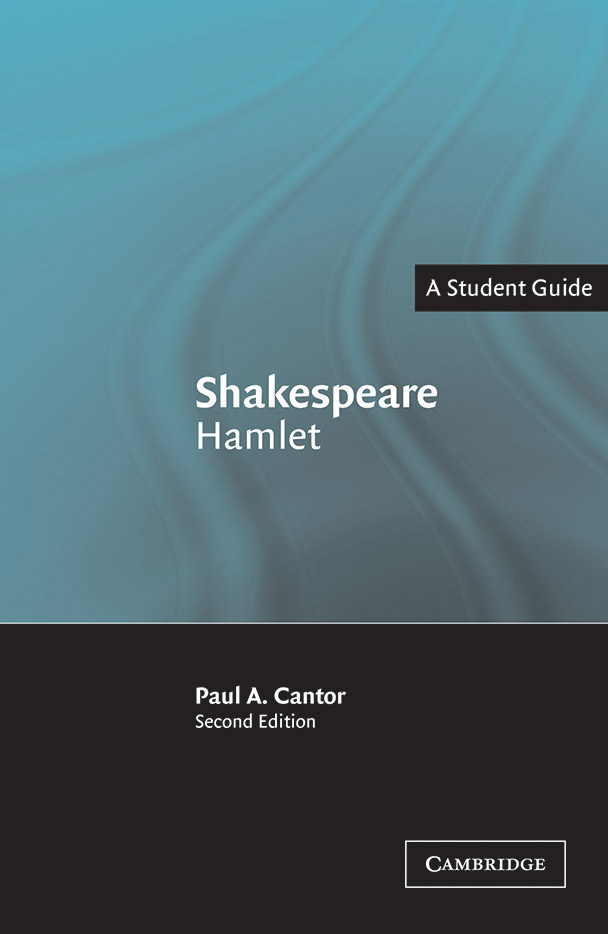2.6 Intellectual property and piracy
Further to keeping your and others’ information secure is respecting others’ intellectual property, which is when someone or some group has an ‘idea’. For instance, some bright spark at Cadbury came up with the idea of making chocolate wrappers the distinctive purple colour we all know today. Likewise, the founders of Google came up with that name from their garage workspace in the early inception of the company.
Intellectual property covers a range of things. The term Google is trademarked – it is the most valuable trademark today. The Microsoft trademark is not far behind. The colour purple of Cadbury chocolate is protected – no other company selling chocolate can use the same shade of purple.
Copyright is an aspect of intellectual property that is commonly breached. When you download music or movies from any organisation other than an authorised distributer you are breaching copyright. Copyright is also breached if you then make this available to others by streaming it or making copies and distributing it. This is called digital piracy.
Intellectual property copyright also extends to your friends and classmates. Files they have created belong to them. You should not copy them or parts of them and pretend they are your own work – this is known as plagiarism.
iTunes is an example of a legal distributor where you can download various types of media – music, movies, books – for a small fee. One day you may be a creator of this type of work and you will surely want to be paid for the time, effort and money you spend on creating your work. Of course, if you want to distribute your work for free, you can do so. But you must respect the rights of others to want to be paid for their work and ideas.
The social impact of piracy is a reduction in production and jobs. There are many blockbusters that make millions of dollars. This money is used to create films that are not always successful in order to encourage a diverse range of topics and film genres that require the funding from mainstream films. If the movie industry dies, entertainment is reduced, people who work in that industry and those in associated support industries are out of work.
You are also putting yourself at risk when you download illegal files. Often these files will have malicious software attached that may harm your computer or steal information without you even knowing.
Interactive 2.1 Digital piracy
Interactive 2.2 Digital piracy scenarios
Copyright and Creative Commons
Copyright means that any person other than the creator or owner of a piece of work cannot make copies of that item. Copyright was introduced into Australia by federal legislation in the Copyright Act 1968. A breach of copyright is an illegal act.
In Australia, copyright protection is free and automatic. The © symbol indicates that there is a copyright to protect a particular work. However, even when the copyright symbol is not present, copyright is still applicable.
Copyright is infringed when copies are made of a book, audio, video or software, etc. without the permission of the author or owner of the copyright. In the software world this is called piracy. It is also a breach of copyright to sell the item that is copied.
You should seek clarification if you are in doubt as to whether you are breaching copyright laws. Further information can be obtained at the Australian Copyright Council website.
Copyright does not last forever. In Australia a person’s legal claim to copyright lasts until 70 years after their death. After that the work can be copied and redistributed. However, there are conditions on this. For example, the works of Shakespeare. These can be formulated into a new publication that you have created from scratch using the words of Shakespeare. You can then copy and distribute your creation of his words. You cannot just copy and distribute another publisher’s creation of the same words of Shakespeare. The publisher’s creation is copyright.
Social and ethical practice in IT exercise 9
Understanding copyright
- Go to the Australian Copyright Council website.
- Click on ‘Find an Answer’.
- Open the PDF file ‘An Introduction to Copyright in Australia’.
- Create a Prezi or PowerPoint presentation based on the topic of copyright in Australia. Imagine you are explaining the concept to a friend who has seen the word ‘copyright’ before but does not really know what it means. Your presentation should include:
- at least five key points explaining in your own words what copyright is
- the name of the copyright law in Australia
- at least five examples of things that copyright law protects
- at least five examples of things that copyright law does not protect
- images to illustrate your points.
Creative Commons is a source of works that you can use in certain situations. There are still controls on how you can use it. Go to the Creative Commons Australia website for more information.
Wikimedia has a large collection of works that are free under the Creative Commons licence or simply in the public domain because they are no longer copyright.
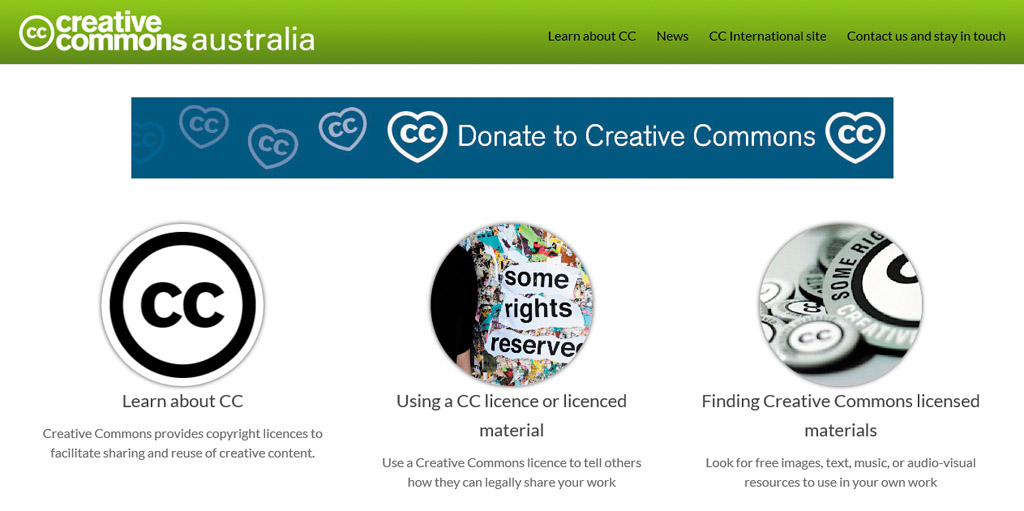
Social and ethical practice in IT exercise 10
Public domain
- Go to the Wikimedia Commons website.
- Type
Van Goghin the Search box and press<Enter>. - Search through the image files of varying quality of Van Gogh’s works and open one of them.
- Click on ‘More details’ to find out why the work is in the public domain. Can you distribute copies of this image? Why or why not?
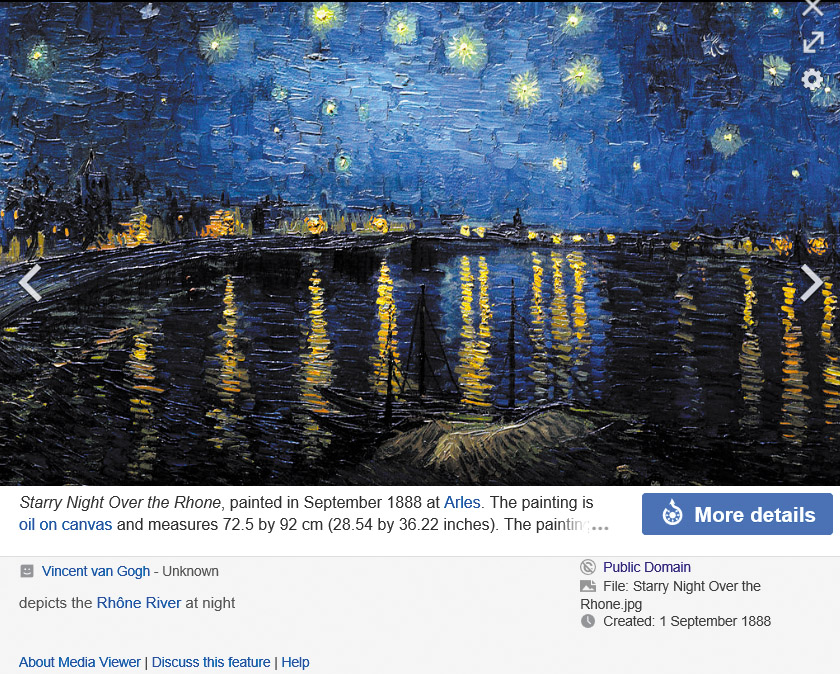
- Type
Picassoin the search box – what message appears? Can you distribute copies of his work? Why or why not?
